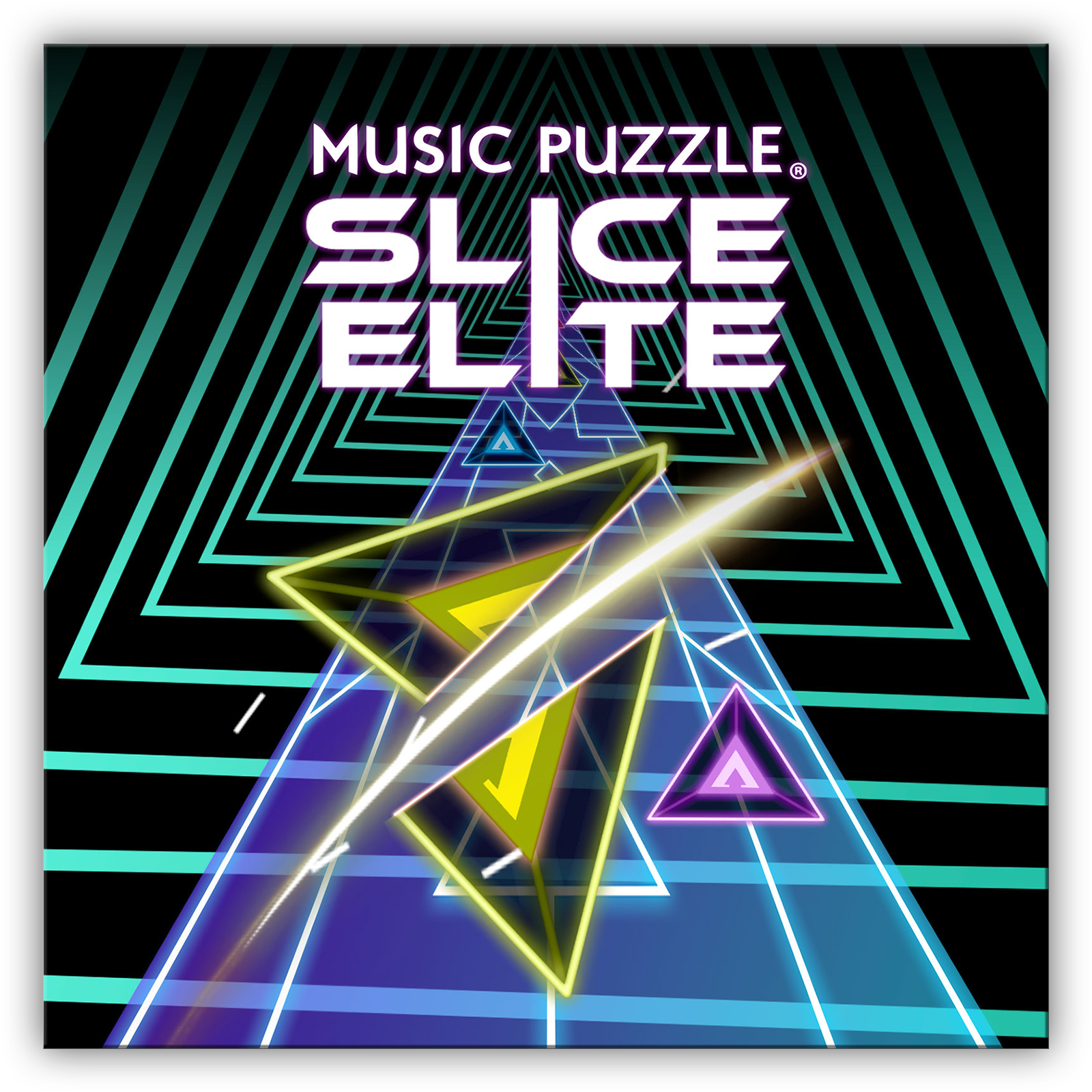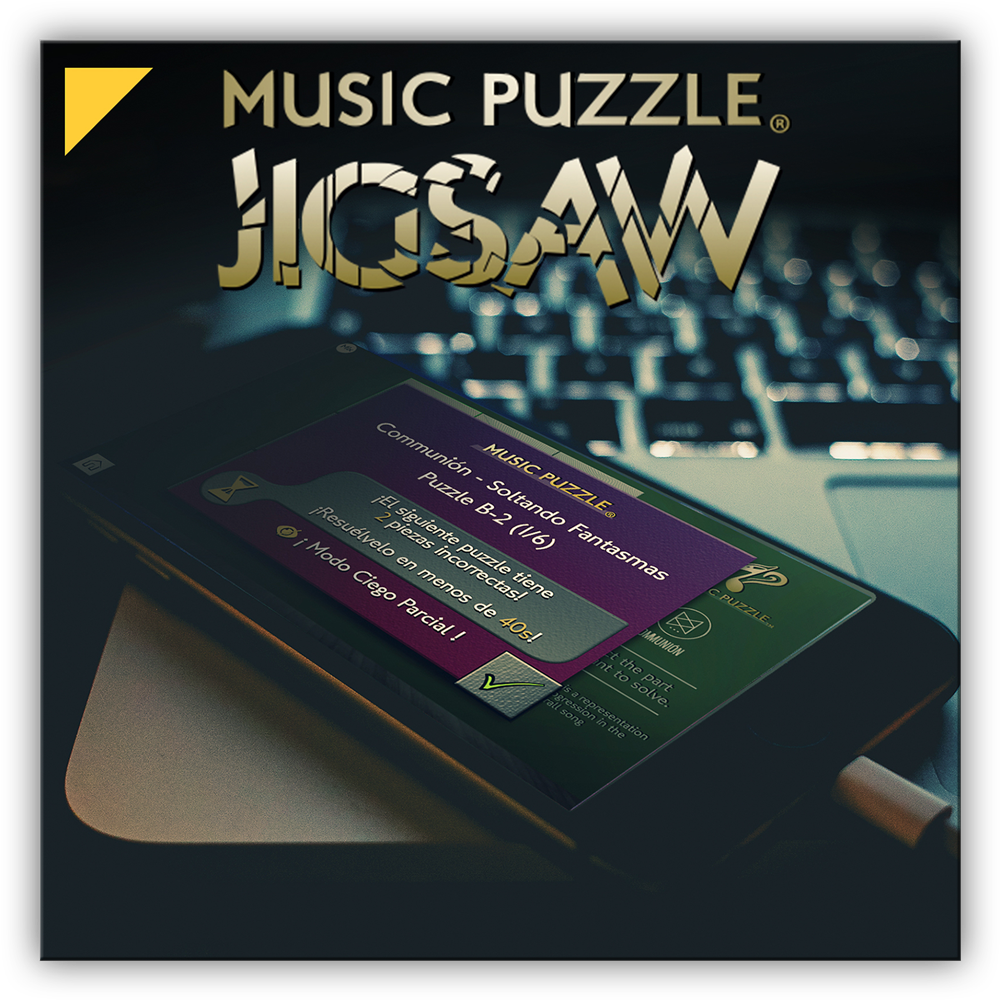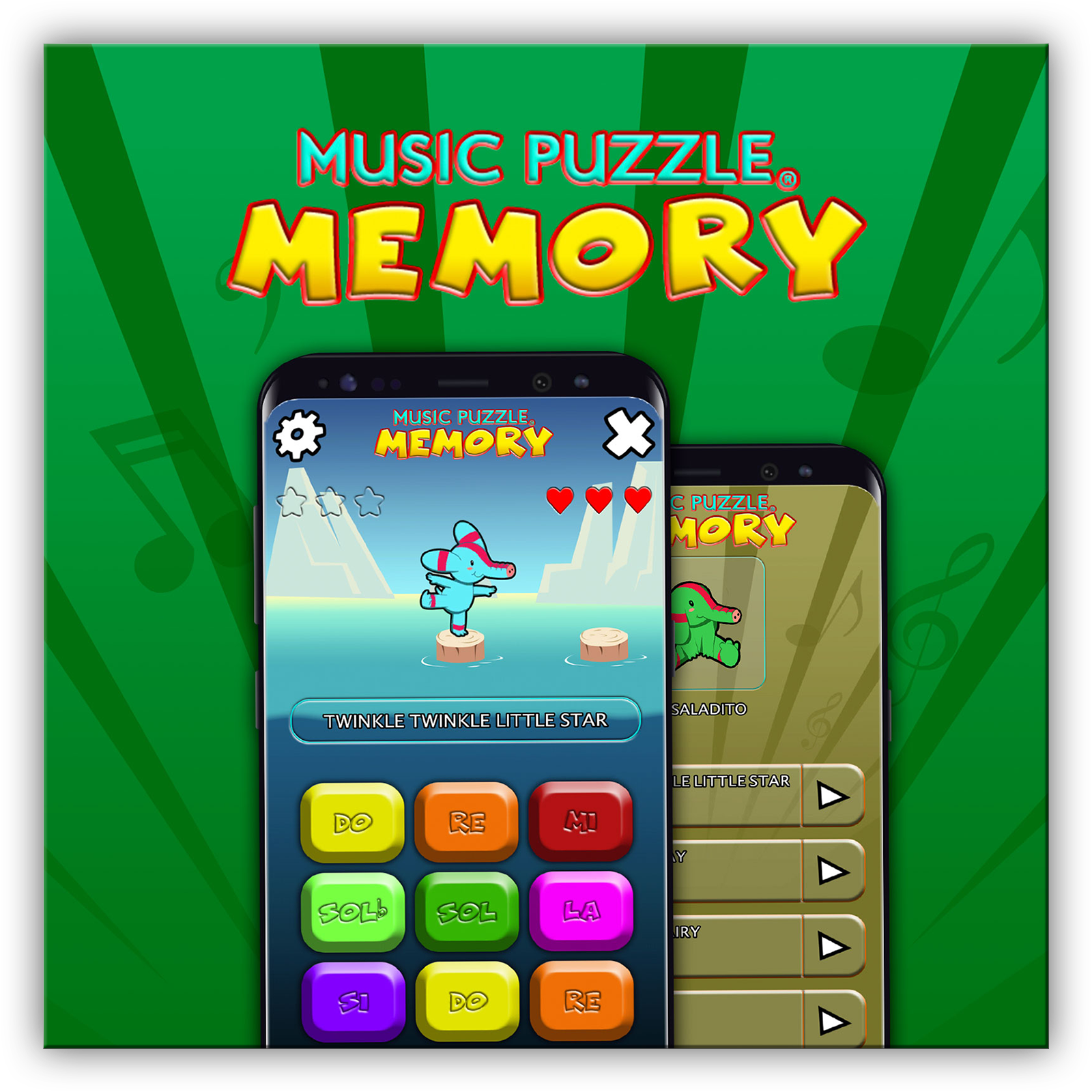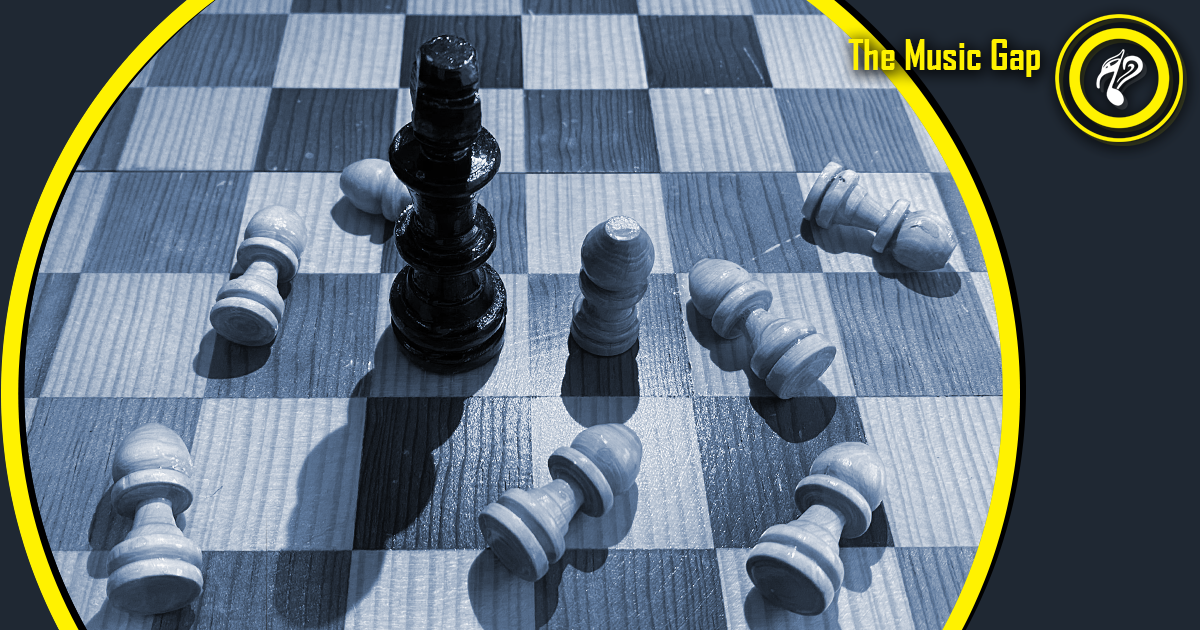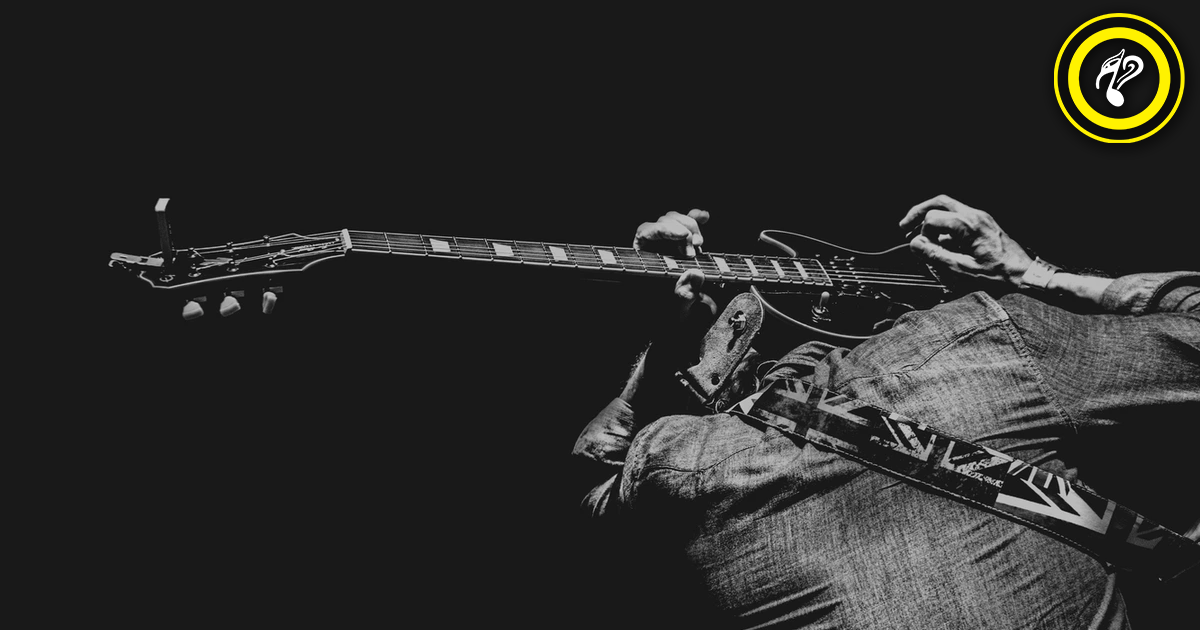The Delightful Mix of Classical and Rock Music
Is there middle ground for two completely opposite worlds?

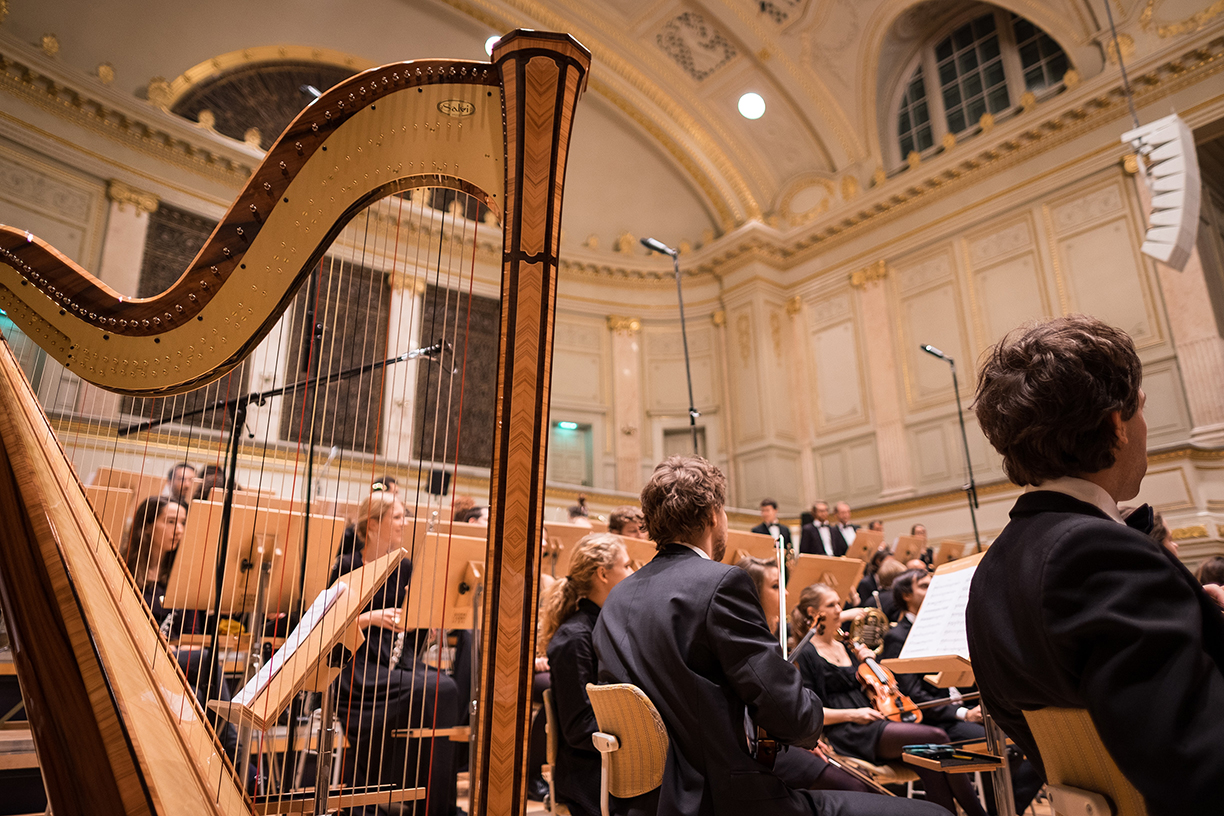
Within the music profession, there can sometimes be this idea of incompatibility between “rockers” and professionals within an orchestra. Sometimes these “rockers” are considered derogatory and inferior.
This could be due to such misguided beliefs like the theoretically superior musical training of orchestra members, which can also be true in some cases. It’s also true that an exceptional orchestra musician can try to play a simple improvised harmony or rhythm, without having great success.
In order to be considered an expert in either of these musical genres, different skills need to be practiced and cultivated.
What happens when these two opposite worlds reach out and work as a team? Something happens that is truly exceptional.
Focusing on rock in the 60s, we can find songs that prove two is better than one, such as Eleanor Rigby or the monumental A Day in the Life (The Beatles), Touch Me (The Doors) or Angie (The Rolling Stones).
Although most of these songs were not strictly recorded with a full orchestra, they did take advantage of the color offered by ensembles such as string sections, metals, or in the case of the Eleanor Rigby, something more intimate like a string quartet. Speaking of the production side, these formats aided the emotional goal of these productions (Check out our article on the emotional goal in productions).
In 1967, The Moody Blues released the album Days of Future Passed, considered one of the first symphonic rock albums in history accompanied by the London Festival Orchestra with the direction of Peter Knight.
Later in 1969, the album In the Court of the Crimson King (King Crimson) was released. Although it technically did not record a real orchestra, an instrument called a Mellotron was used, which is a rather unique and popular keyboard-shaped device that worked from tapes. These basically contained 3 sounds:
- String orchestra
- Cello
- Flute
The Mellotron was used to record the characteristic flute introduction in Lucy in the Sky with Diamonds (The Beatles), and its vintage sound is still being used by bands like Radiohead and Porcupine Tree.
The Mellotron:
What can be considered the first live rock concert with an orchestra occurred that same year with Deep Purple and the Royal Philharmonic London Orchestra with the Concert for Band and Orchestra. This was a somewhat unique event because the program did not contain the band's successes, but four original movements specially composed for the occasion.
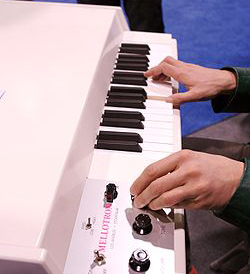
In front of this concert there have been other important events such as:
- Procol Harum and the Edmonton Symphony.
- Metallica and the San Francisco Symphony.
- Scorpions with the Berlin Philharmonic.
- Kiss with the Melbourne Orchestra.
- Aerosmith with the Boston Pops Orchestra.
- Yngwie Malmsteen with the New Japan Philharmonic.
- Zoé and their 2011 MTV Unplugged set
- Rock en tu Idioma Symphonic
- Café Tacvba and their MTV Unplugged set in 2019
Or a project that I have special feelings for:
- La Avanzada Sinfónica (The Advanced Symphony) (El Gran Silencio, Kinky, Jumbo, Inspector, Jonaz, Pato Machete).
I was fortunate to be part of that production as a copyist, orchestrator, and guitarist, allowing me to tell that experience here.
Those concerts are the result of many people working together over a generally short period of time.
In the case of The Advanced Symphony, we had approximately 2 weeks to finish making the musical preparation of 12 arrangements (under the leadership of the producer and main arranger Alejandro Cervantes) for the first concert.
Learn more about the different roles in the music industry here.
Alejandro sent us models of his arrangements made with virtual instruments, emulating each section of the orchestra (the Mellotron was the precursor of this technology) on the tracks of the songs that were going to be played. The audios were divided into Stems (instrument section within a single audio, ex: staccato strings) in audio and MIDI (Musical Instrument Digital Interface) files.
Our work consisted of listening to each of the audio files and creating the scores based on what we were listening to so we could get as close as possible to all the articulations, dynamics, and textures of the original model.
Once this process ended, the arranger was sent the score (the conductor's score with all the instruments) for him to make notes or corrections on it. The document was then returned to us and we made each correction, paying special attention to the "particellas", which are basically the individual scores for each instrument. This was the most laborious and delicate part because you have to take care that the Score contains the same information as the parts; sometimes, there would be errors in either the Score, the part, or both. In our case, we had to make 39 parts of each arrangement (34 individual instruments, plus 5 parts for the string section).
In the end there were around 80 musicians in the orchestra, including the string section, comprised of 24 violins, 10 violas, 8 cellos, and 4 double basses.
A score in that format looks like this:
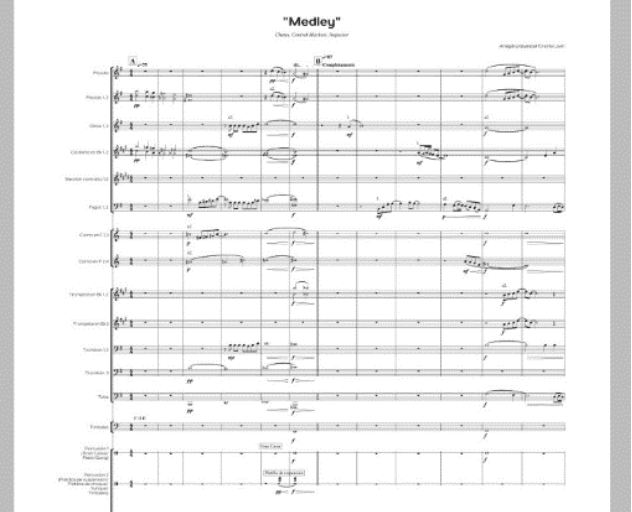
For this project we were 4 people in charge of the musical preparation and in order to get to the deadline in time, the main arranger delegated part of the arrangement work to us. Being a friend and coworker makes communication a lot easier.
Something important to clarify is that, generally, in this type of format the orchestrations are not new arrangements and the orchestra’s work is more than anything to add a new dimension to the original songs. This fulfills 2 important functions:
- The public will enjoy songs as they know them, they will see the artist's concert, but with the new dimension of the orchestra. Changing structures or adding new sections would harm the public's familiarity.
- The band usually doesn't read sheet music, so adding new new notes would hinder the coupling during rehearsals.
What you can usually do, is create introductions by the orchestra alone. This, far from being counterproductive, creates expectation and tension because the audience may or may not recognize the song that follows.
There were a total of 2 rehearsals with the artists, usually the orchestra rehearses on its own a few more times. During the rehearsals with the artists the entrances are defined.
On the day of the concert everyone is called up several hours before to make the soundcheck, where the artists and orchestra are being miked. All signals go to the console and the sound engineer creates the live audio mix.
And this is the result:
Avanzada Sinfónica CDMX - Inspector - Amargo Adiós, Amnesia:
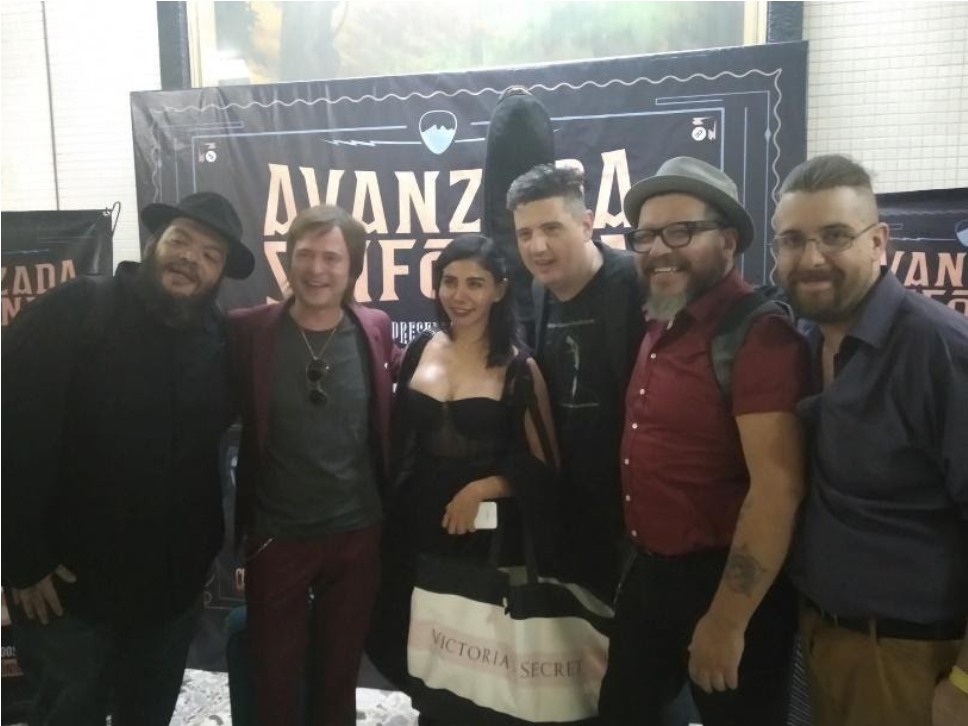
This is only the musical work behind it; I didn’t mention the audiovisual, logistics, advertising team, and many more who helped make this concert a success!
For more details on how to prepare a concert, see here.
These events are generally very expensive, so it’s very important to do your job as quickly and neatly as possible. Not only because you don’t want to hinder anyone else’s work, but also because each mistake could have a big impact: just imagine on a single day of rehearsal, where 80 orchestra members plus other band members have to be brought together!
There’s no doubt that today, the popularity and space of rock and orchestra music has increased. People go out to see orchestras playing music that they connect easily to, versus yesterday’s great masters (e.g., Mozart or Beethoven). Far from being a problem, these fusion concerts provide a fantastic opportunity to introduce more people to the delights of the world of orchestras. I also think that it’s something extremely enriching for the conservatory and pop musician.
To end the note, here’s a fragment of the same concert from the stage: a magical moment where the orchestra merges with popular music:
Tell us, which band would you like to see at a symphony concert?
If you enjoyed the article, you'll love these games:
